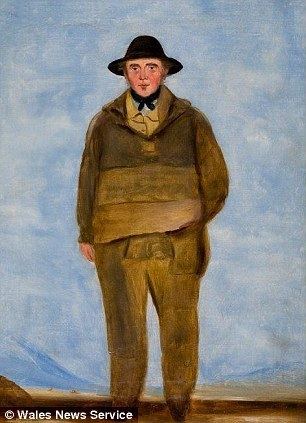Name Richard Crawshay | Children William Crawshay I | |
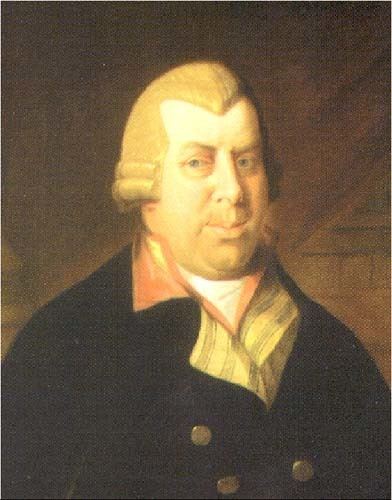 | ||
Died June 27, 1810, Cardiff, United Kingdom People also search for William Crawshay II, Robert Thompson Crawshay, William Crawshay I | ||
Cyfweliad “Richard Crawshay” a “Morgan Howells” My Lands shore
Richard Crawshay (1739 – 27 June 1810) was a London iron merchant and then South Wales ironmaster.
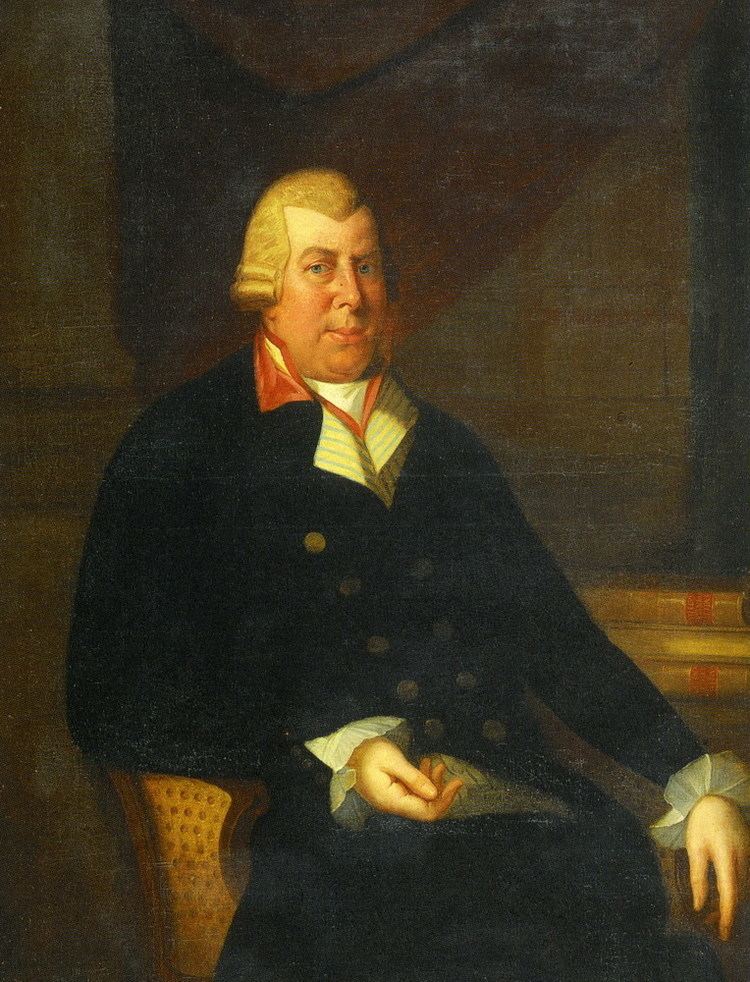
Richard Crawshay was born in Normanton in the West Riding of Yorkshire. Initially starting work aged 16, working for Mr Bicklewith of York Yard, Thames Street, London (to whom he was apprenticed) in a bar iron warehouse in London, he became sole proprietor of the business on Bicklewith's retirement in 1763.
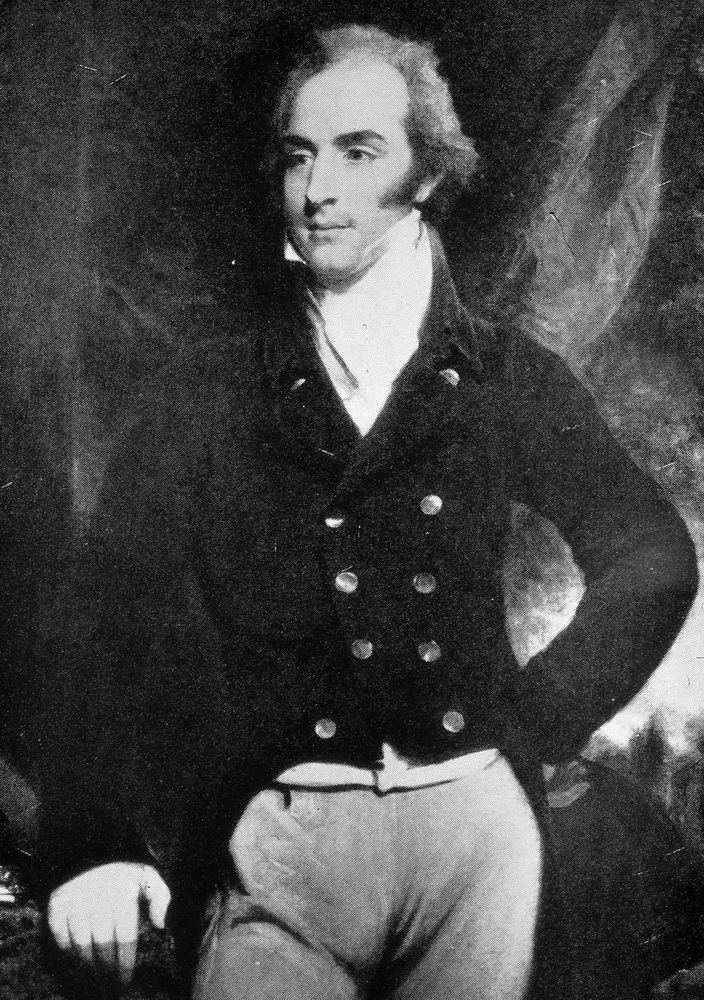
He married Mary Bourne in 1763 and they had a son William and three daughters, Anne, Elizabeth and Charlotte. Charlotte married Benjamin Hall, and became the mother of Benjamin Hall, 1st Baron Llanover.
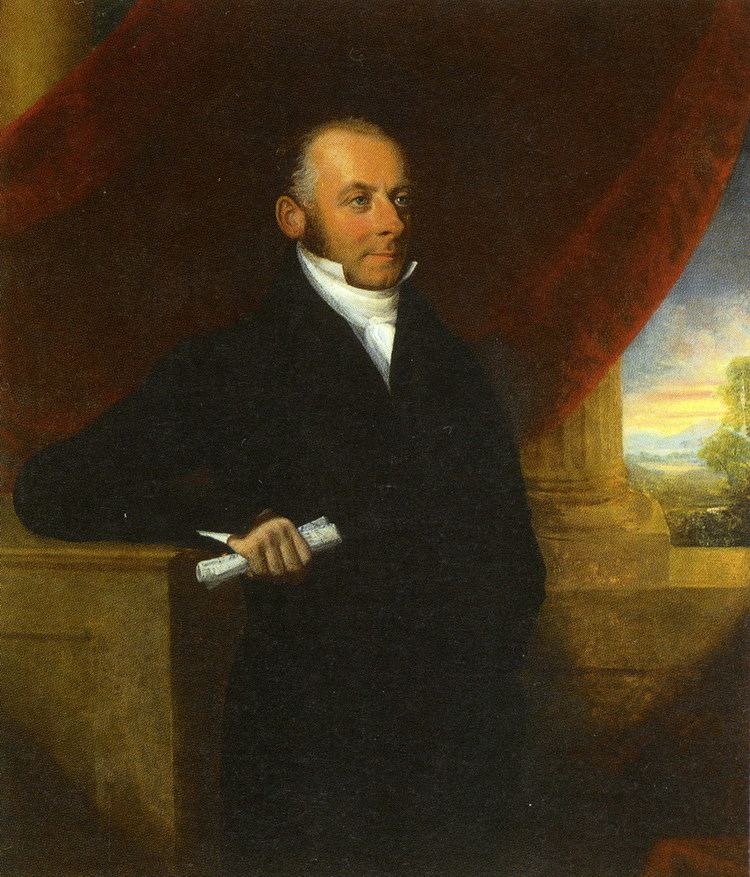
By the 1770s he was a leading London iron merchant, dealing mainly in Swedish and Russian iron. The firm was Crawshay and Moser in 1774, but Crawshay, Cornwell and Moser in 1784. The business still existed as R & W Crawshay in 1816. By 1775, he was acting as Anthony Bacon's agent for supplying iron cannon to the Board of Ordnance and was from 1777 a partner in that business (casting cannon at Cyfarthfa Ironworks at Merthyr Tydfil). This continued until Bacon had to give up government contracts in 1782, because he was a member of Parliament.

In 1786, following the death of Anthony Bacon, he took over the whole Cyfarthfa Ironworks, in partnership with William Stevens (a London merchant) and James Cockshutt, who had previously managed the forge and boring mill for David Tanner. In May 1787 he took out a licence from Henry Cort for his puddling process, but the rolling mill needed was not completed until 1789. He solved the problems of the puddling process by using an iron plate for the furnace ceiling and sea-washed sand for the floor. In 1791 he terminated the partnership, which had made little profit. He continued the business alone, and had two blast furnaces, 8 puddling furnaces, 3 melting fineries, 3 balling furnaces, and a rolling mill in 1794. A blast furnace was built by 1796, and a fourth in 1796. There were 6 by 1810. He thus developed Cyfarthfa into one of the most important ironworks in South Wales.

Crawshay was very ambitious and imperious in manner, being called 'The Tyrant' by some, but was without social pretension. He was active in protecting the interests of the iron trade and was a major promoter of the Glamorganshire Canal which immensely improved transport of iron to Cardiff Docks. At his death in 1810 his estate was worth £1.5 million. In his will he left three-eighths of his ironworks to his son William Crawshay I, three-eighths to his son-in-law, and two-eighths to his nephew Joseph Bailey.
